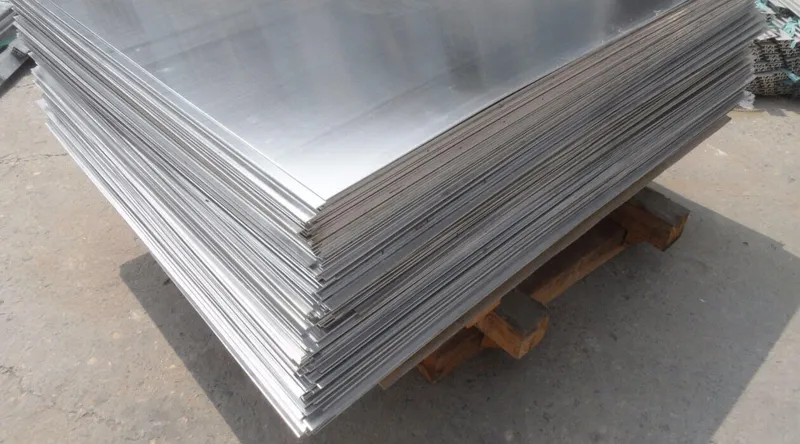Aluminum is renowned for its versatility and extensive variety of applications. It is available in various alloy compositions that are intended to satisfy specific needs and requirements. Although there are many varieties of aluminum alloys, two in particular are noteworthy: 5052 and 3003. The two alloys are similar, but they also have distinct features that make them useful in certain situations. This article highlights the unique properties and applications of 5052 and 3003 aluminum alloys by examining their slight variances.

Chemical Composition and Alloying Elements
At the heart of their dissimilarities lie the differences in chemical composition and alloying elements.
3003 Aluminum: This alloy’s primary component is aluminum, and manganese serves as its primary alloying element. Its regular 1%–1.5% manganese concentration is primarily responsible for its improved strength and corrosion resistance. Additionally, trace amounts of other elements, such as iron and copper, may be present.

5052 Aluminum: In contrast, the primary alloying element in 5052 aluminum is magnesium, which typically varies from 2.2% to 2.8%. Because of the magnesium infusion, the alloy has exceptional strength and a remarkable resistance to corrosion, making it particularly well-suited for use in chemical and maritime environments.

Mechanical Properties of 3003 and 5052
The variance in alloying elements leads to differences in mechanical properties between 3003 and 5052 aluminum alloys.
3003 Aluminum: 3003 aluminum has a moderate strength, yet it is very formable and welding friendly. Because of its ductility and malleability, it is ideal for applications requiring complex shaping processes, like stamping, spinning, and drawing. Furthermore, because 3003 aluminum is very resistant to corrosion, it can be used in outdoor and maritime applications where exposure to moisture and other environmental elements is frequent.

5052 Aluminum: On the other hand, 5052 aluminum exhibits superior fatigue resistance and tensile strength in comparison to 3003. It is the preferred material for high-stress applications, transportation equipment, and structural components due to its remarkable strength-to-weight ratio. Despite its increased strength, 5052 aluminum has excellent formability, allowing for a range of industrial processes like bending, shaping, and welding.

Applications
The divergent properties of 3003 and 5052 aluminum alloys render them suitable for distinct applications across various industries.
3003 Aluminum Applications: Because 3003 aluminum is so easily formed and doesn’t corrode easily, it’s widely used in heat exchangers, food packaging, decorative trim, and culinary tools. Its resistance to moisture and acidic environments makes it the ideal material for architectural embellishments, outside signage, and roofing panels.

5052 Aluminum Applications: Because of its remarkable strength and corrosion resistance, 5052 aluminum is commonly used in maritime applications, including as shipbuilding, offshore constructions, and boat hull construction. Its resilience against air exposure and saltwater corrosion ensures its life in challenging marine conditions. Furthermore, 5052 aluminum is used in the auto sector to make fuel tanks, vehicle panels, and chassis components—applications where a harmony between strength and lightweight characteristics is essential.

Conclusion
Basically, aluminum alloys 3003 and 5052 have various compositions and mechanical properties that allow them to be utilized for diverse applications, despite the fact that they are lightweight, corrosion-resistant, and recyclable. Whether it is the formability and adaptability of 3003 aluminum or the strength and durability of 5052 aluminum, each alloy offers unique advantages appropriate for certain industrial and commercial purposes. Understanding the distinctions between these alloys empowers manufacturers, engineers, and designers to make informed decisions about which material will work best for them, ensuring dependability and optimal performance.


